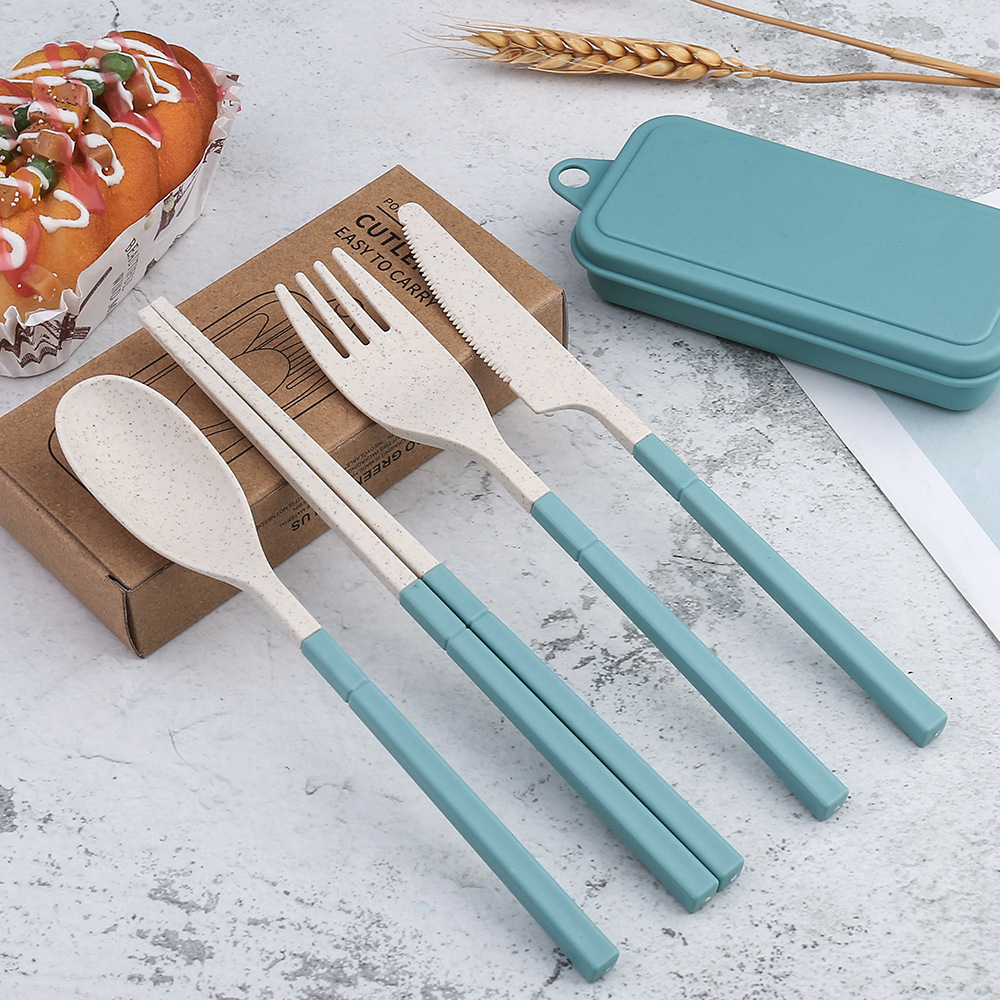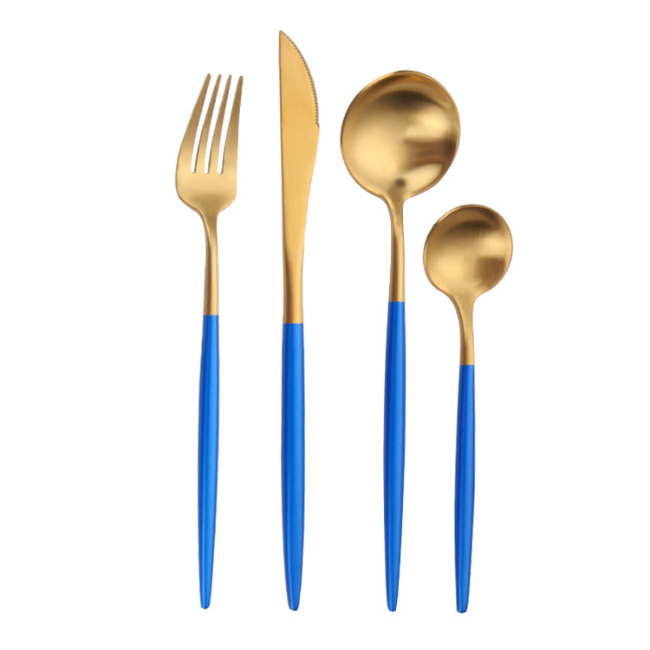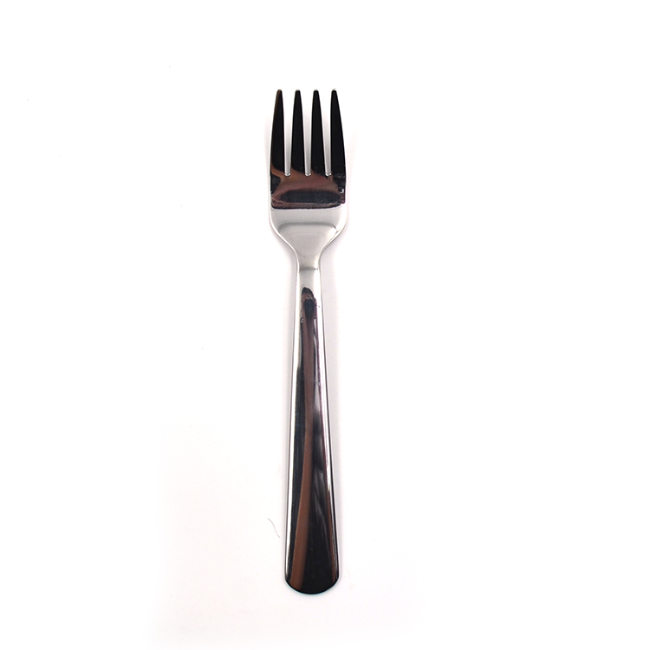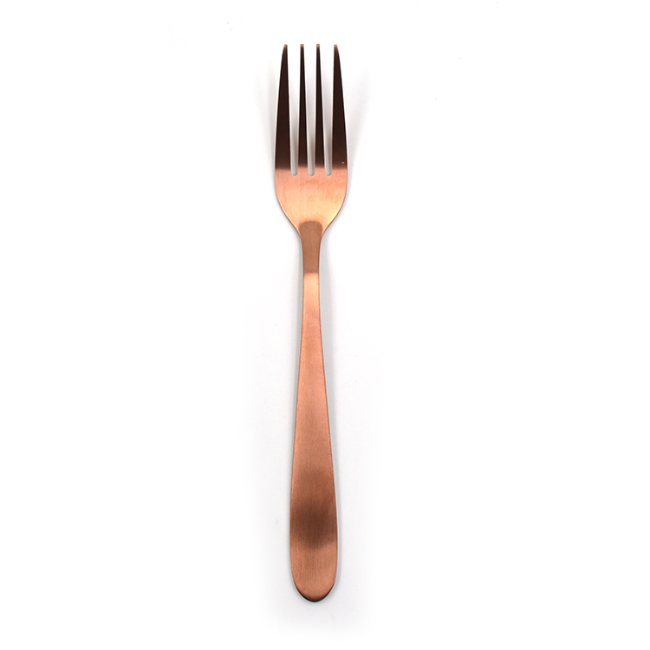
04 May
How to Build Cutlery Dividers?
How to Build Cutlery Dividers?When it co...
How to Build Cutlery Dividers?
When it comes to organizing your kitchen, cutlery dividers play a crucial role. These handy accessories allow you to neatly store your stainless steel 18/10 flatware and other utensils, ensuring everything stays in its proper place. Whether you're arranging a Cambridge flatware set or just looking for an upgrade, building your own cutlery dividers can be a cost-effective and personalized solution.
This article will guide you through the steps of building your own cutlery dividers, helping you maintain an organized kitchen that complements your collection of fine flatware, including those sourced from trusted manufacturers like Homefelt.
Benefits of Cutlery Dividers
Before diving into the construction process, it's important to understand why cutlery dividers are essential. The primary benefit is organization—keeping your Jazz up Co reviews utensils separated helps to prevent scratches and damage to delicate pieces. If you're a fan of high-quality, corrosion-resistant stainless steel 18/10 flatware, then investing in dividers ensures that your flatware remains in top condition.
Materials You Will Need
Building a set of cutlery dividers requires minimal materials, and you can often find everything you need in your local hardware store or repurpose materials you already have. Here’s a basic list:
Wood (for a rustic look) or plastic (for a modern feel)
Saw and sandpaper (for shaping)
Measuring tape
Hot glue gun or screws
Paint or varnish (optional)
Steps to Build Your Cutlery Dividers
Measure the Drawer: Start by measuring the dimensions of your kitchen drawer. This will help you determine how many sections you want to create and the size of each divider.
Cut the Material: Using the saw, cut your material into strips. These will form the dividers in your drawer.
Assemble the Sections: Arrange the strips within the drawer to create compartments for your flatware. Make sure to leave enough space for each piece of cutlery to be placed easily.
Secure the Dividers: Once the dividers are arranged, use a hot glue gun or screws to secure them in place. If you are using wood, sanding the edges will create a smooth finish to prevent any damage to your flatware.
Customize: For a polished look, consider painting or varnishing the dividers to match your kitchen’s aesthetic.
How Dividers Protect Your Cutlery
If you own high-end flatware like the Mepra flatware set, you’ll appreciate the protection dividers offer. By keeping your knives, forks, and spoons separated, dividers prevent scratches and preserve the sleek finish. Additionally, they ensure that each utensil remains easy to access and prevents damage during daily use.
Conclusion
Building your own cutlery dividers is a rewarding DIY project that can significantly improve the functionality of your kitchen. Whether you’re organizing your Cambridge flatware or simply storing a collection of stainless steel 18/10 flatware, dividers help to maintain order and preserve your valuable kitchen tools. Explore different designs and customize your dividers to perfectly suit your needs, and remember to check out brands like Homefelt for reliable, high-quality flatware to complete your kitchen setup.





